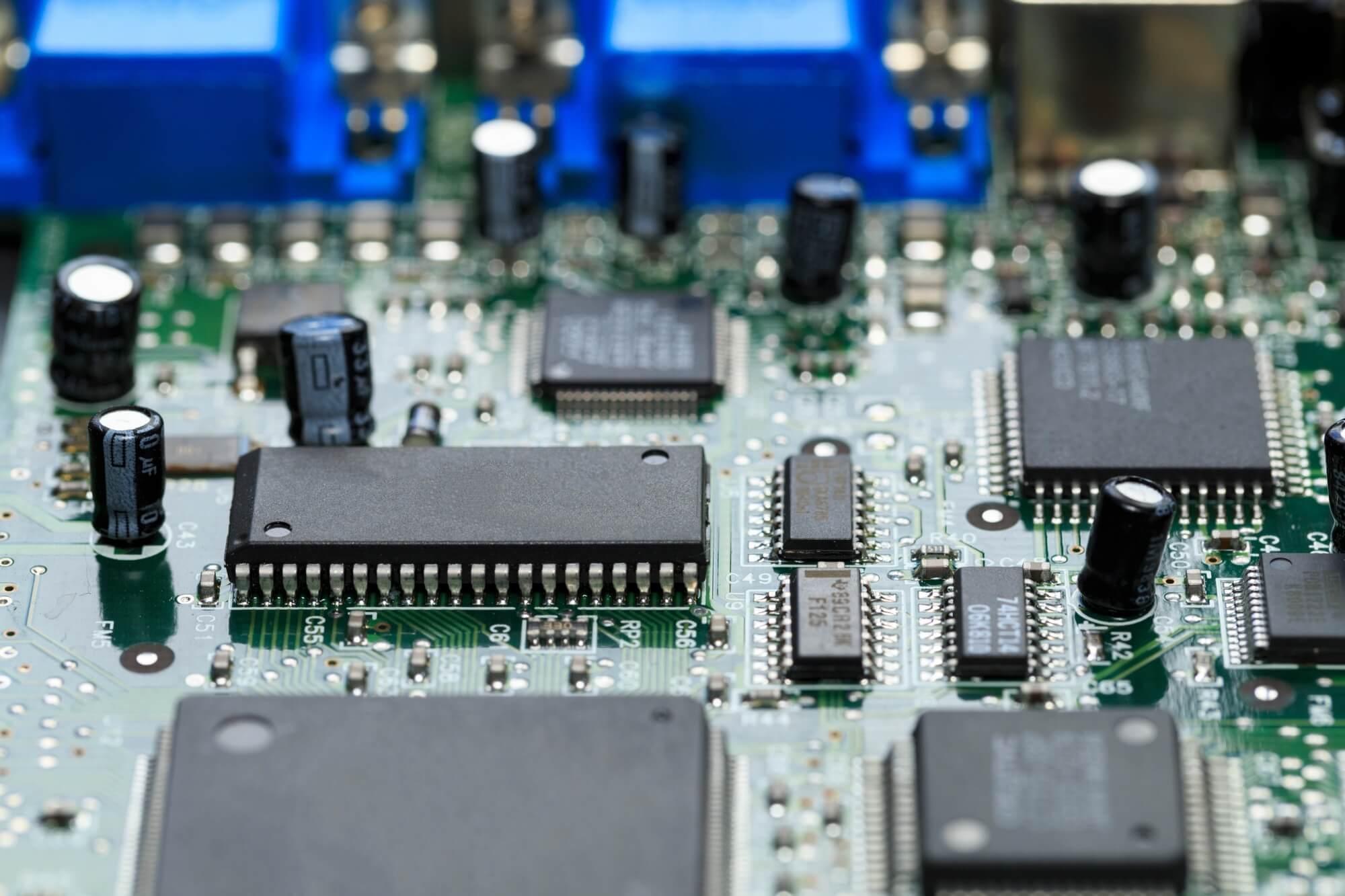The CHIPS Act was passed to increase America’s semiconductor industry capabilities. According to the Semiconductor Industry Association (SIA), companies from around the world have announced dozens of new semiconductor ecosystem projects in the U.S. totaling over $200 billion in private investments since the CHIPS Act was passed. These projects will create tens of thousands of direct jobs in America’s semiconductor industry. In addition, they will support hundreds of thousands of additional jobs throughout the US economy. SIA intends to play a constructive role to ensure the new law returns the maximum benefits for America’s economy, national security, and supply chain resilience. While there is tremendous promise for the domestic semiconductor industry, there are also significant challenges. For example, increasing US-China tensions continue to impact the global supply chain resulting in new government controls on sales of chips to China which is the world’s largest semiconductor market. In addition, experts suggest the need to enact policies to reinforce U.S. leadership in semiconductor design, strengthen the U.S. semiconductor workforce by reforming America’s high-skilled immigration and STEM education systems, and promote free trade and access to global markets. The SIA emphasizes that the world will need more and better semiconductors to power everything from appliances and airliners to autonomous cars and artificial intelligence.
According to Deloitte, the semiconductor industry to consider five big things:
- Bring manufacturing closer to home with entirely new fabs and the expansion of existing facilities.
- Manage the diversification risks and challenges that come with localization and friendshoring.
- Digitally transform and digitize many parts of their processes: financial planning and operations, order management, and supply chain.
- Address and balance the semiconductor talent equation: shortages in some roles but layoffs in others.
- Establish and accelerate the path toward achieving environmental, social, and governance goals, particularly around sustainability.
Here is an opinion piece we found of interest relating to recent domestic semiconductor investments to increase America’s semiconductor industry.
Innovation Lightbulb: Zooming in on Domestic Semiconductor Investments in 2023
In an opinion piece “Innovation Lightbulb: Zooming in on Domestic Semiconductor Investments in 2023” for Center for Strategic and International Studies, Bailey Crane, research intern, examines the recent announcements of domestic investments across the US semiconductor supply chain. In 2023 to date, there have been two announced investments in semiconductor equipment facilities both for new facilities located in existing semiconductor regional hubs in California’s “Silicon Valley” and Arizona’s “Silicon Desert.” She argues that the introduction of equipment facilities near fabrication plants allow for increased collaboration between chipmakers and equipment suppliers which provides chipmakers greater access to leading-edge technology and accelerating innovation. Both facilities will significantly focus on equipment research and development and aim to bolster innovation in the broader domestic semiconductor ecosystem. In addition, five companies announced the expansion of their material facilities which are focused on producing various materials critical to chip manufacturing, including wafers, specialty gases, high-purity graphite, and protective coatings. Increased US participation in materials production and innovation is particularly critical for advancements in the energy efficiency of chips.
According to Crane, SIA has been actively tracking investments in domestic semiconductor manufacturing and its suppliers since the passage of the CHIPS Act, from chip fabrication plants to semiconductor manufacturing equipment and materials operations. SIA’s data shows that 65 percent of domestic semiconductor investments in 2023 were for the expansion of existing or entirely new chip fabrication plants (or “fabs”). Currently, these fabs are located in established and burgeoning semiconductor hubs across ten states. She adds that re-shoring chip fabrication is a significant step to secure supply chains amid increasing tensions with China. Read the full article on Center for Strategic and International Studies.
Disclosure: Fatty Fish is a research and advisory firm that engages or has engaged in research, analysis, and advisory services with many technology companies, including those mentioned in this article. The author does not hold any equity positions with any company mentioned in this article.
The Fatty Fish Editorial Team includes a diverse group of industry analysts, researchers, and advisors who spend most of their days diving into the most important topics impacting the future of the technology sector. Our team focuses on the potential impact of tech-related IP policy, legislation, regulation, and litigation, along with critical global and geostrategic trends — and delivers content that makes it easier for journalists, lobbyists, and policy makers to understand these issues.
- The Fatty Fish Editorial Teamhttps://fattyfish.org/author/fattyfish_editorial/January 19, 2024
- The Fatty Fish Editorial Teamhttps://fattyfish.org/author/fattyfish_editorial/January 3, 2024
- The Fatty Fish Editorial Teamhttps://fattyfish.org/author/fattyfish_editorial/January 3, 2024
- The Fatty Fish Editorial Teamhttps://fattyfish.org/author/fattyfish_editorial/December 31, 2023










